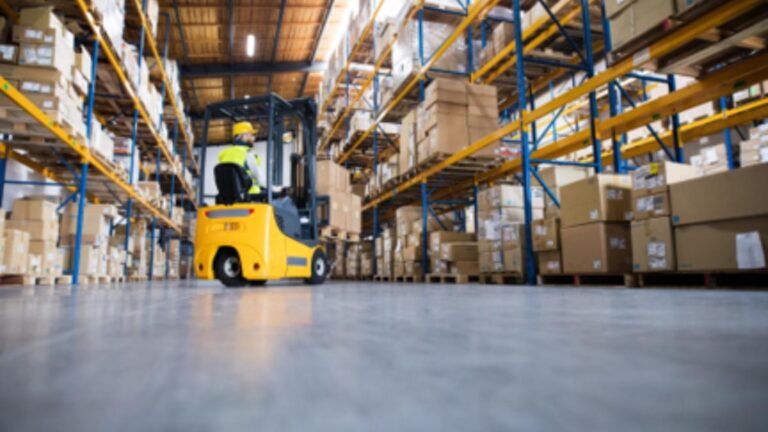Building a warehouse is a strategic decision for any business looking to optimize storage solutions. After all, we live in a world where space management is critical. So having the right storage facility can dramatically impact your operations.
Whether you’re managing inventory for e-commerce, manufacturing, or retail, a well-designed warehouse can streamline processes. It can boost productivity. Read on to learn more about it below!
Key Considerations Before Construction
Before breaking ground on your warehouse project, there are several essential factors to consider:
Building Permits
Ensure that you acquire all necessary permits required for construction work in your area. Regulations can vary depending on local laws.
Space Utilization
Plan for optimal use of available space. This includes deciding on the layout, height of storage, and type of racking systems to maximize storage optimization.
Safety Regulations
Compliance with safety standards is non-negotiable. Make sure your design meets all applicable health and safety regulations to protect your workers.
Designing Your Warehouse for Efficiency
An effective warehouse design is crucial for improving workflow efficiency. Here are some tips to guide your design process:
Layout Planning
Begin with a clear layout plan. This involves considering the flow of materials from receiving to storage and then to shipping.
A well-thought-out layout prevents bottlenecks and improves the speed of operations. For instance, placing frequently picked items closer to the shipping area can save valuable time. This way, you can maximize the advantages of an industrial warehouse.
Incorporating Technology
Integrating technology an further enhance efficiency. These tools include tools like warehouse management systems (WMS) or Automated Guided Vehicles (AGVs).
These tools help manage inventory and streamline the picking process. They allow you to fulfill orders quickly and accurately.
Essential Features of a Modern Warehouse
To ensure your warehouse meets the evolving demands of today’s market, consider incorporating the following features:
Climate Control
Depending on the goods stored, a climate-controlled environment may be necessary. They help preserve product quality.
Flexible Racking Systems
Invest in adjustable racking systems. This way, you can accommodate varying sizes of inventory and change in demand.
Efficient Loading Docks
You need to design a wide-loading docks. This will allow for quick and efficient loading and unloading of goods.
Implementing Sustainable Practices
Today’s consumers and businesses alike are prioritizing sustainability more and more. So implementing green practices can not only reduce your environmental footprint. It can also enhance your brand image.
Consider installing energy-efficient lighting. Try out using solar panels. You can also establish rainwater harvesting systems.
The Future of Warehouse Operations
Trends show that the future of warehouses is headed towards automation. It is also gearing towards enhanced optimization.
Companies are moving towards smart inventory systems. These systems allow for real-time tracking and management.The integration of AI in logistics will also continue to shape the way warehouses operate. AI can make them smarter and more efficient.
Building a Warehouse Is Your Roadmap to Success
Building a warehouse is not merely about constructing a physical space. It’s about creating a hub of efficiency and productivity. By focusing on essential features, employing innovative designs, and adhering to safety regulations, you can set your business up for success.
From securing the necessary permits to optimizing storage solutions, each step is vital in creating a facility that meets your operational needs. Take action today and transform your storage capabilities for a brighter future!
Did you find this article helpful? If so, check out the rest of our site for more.
